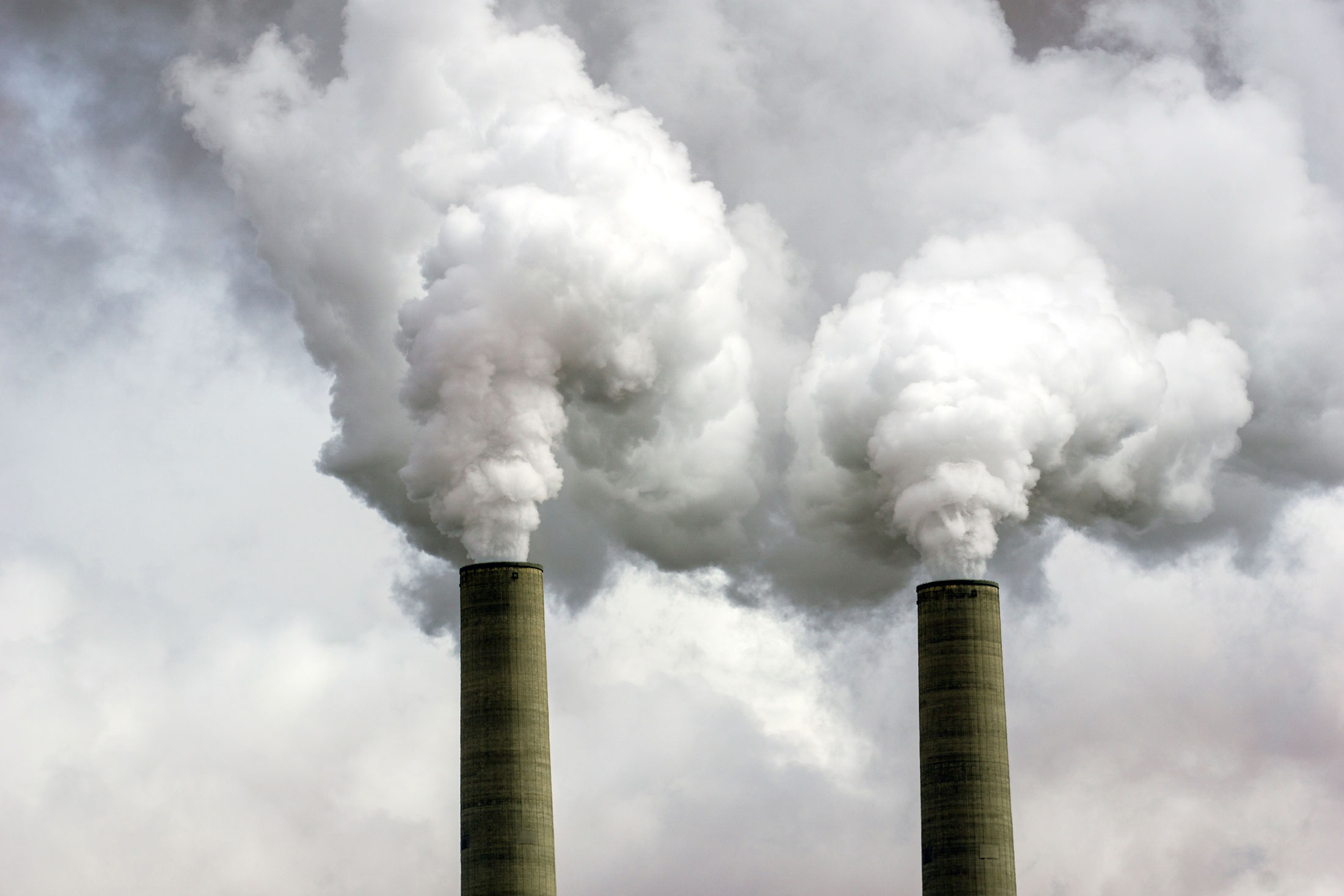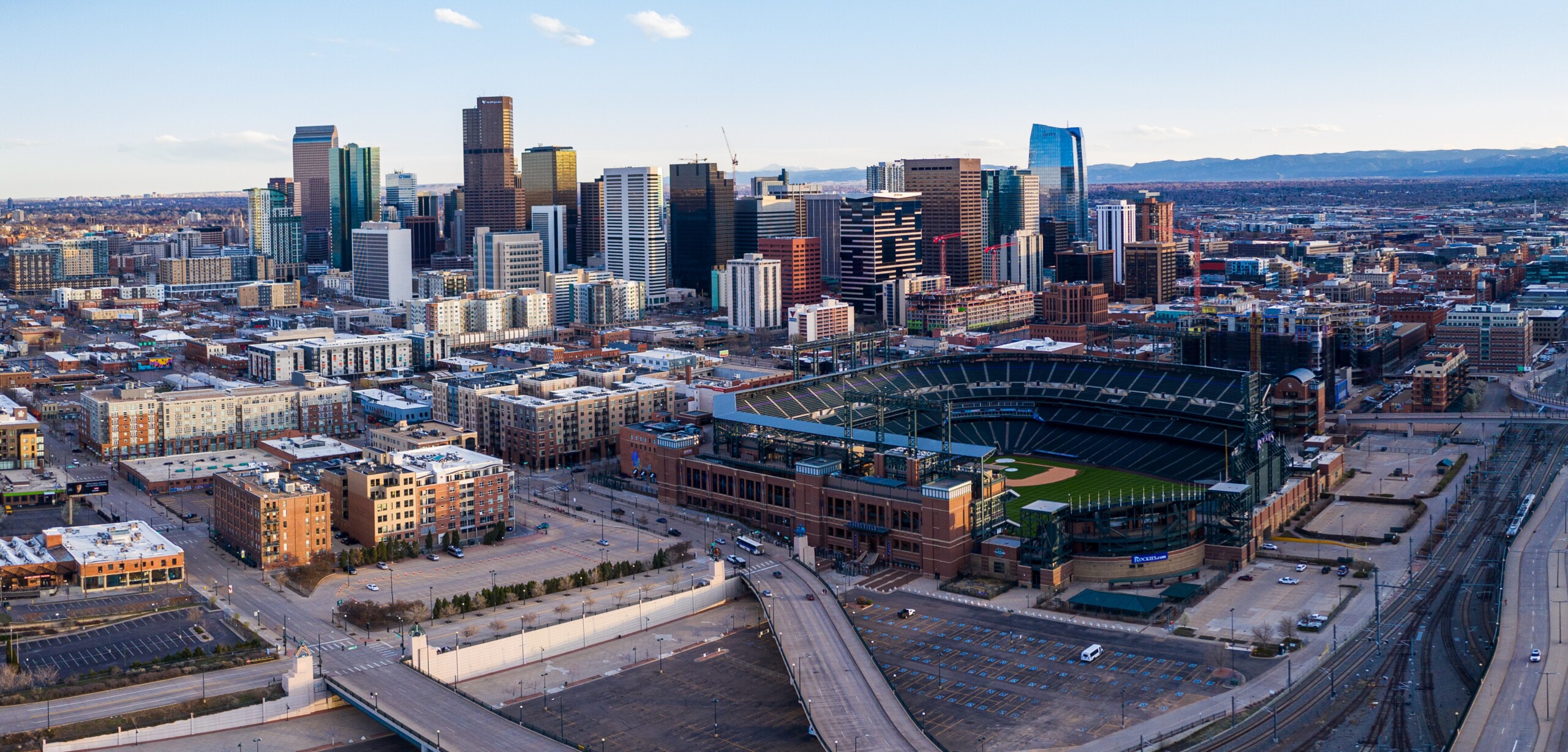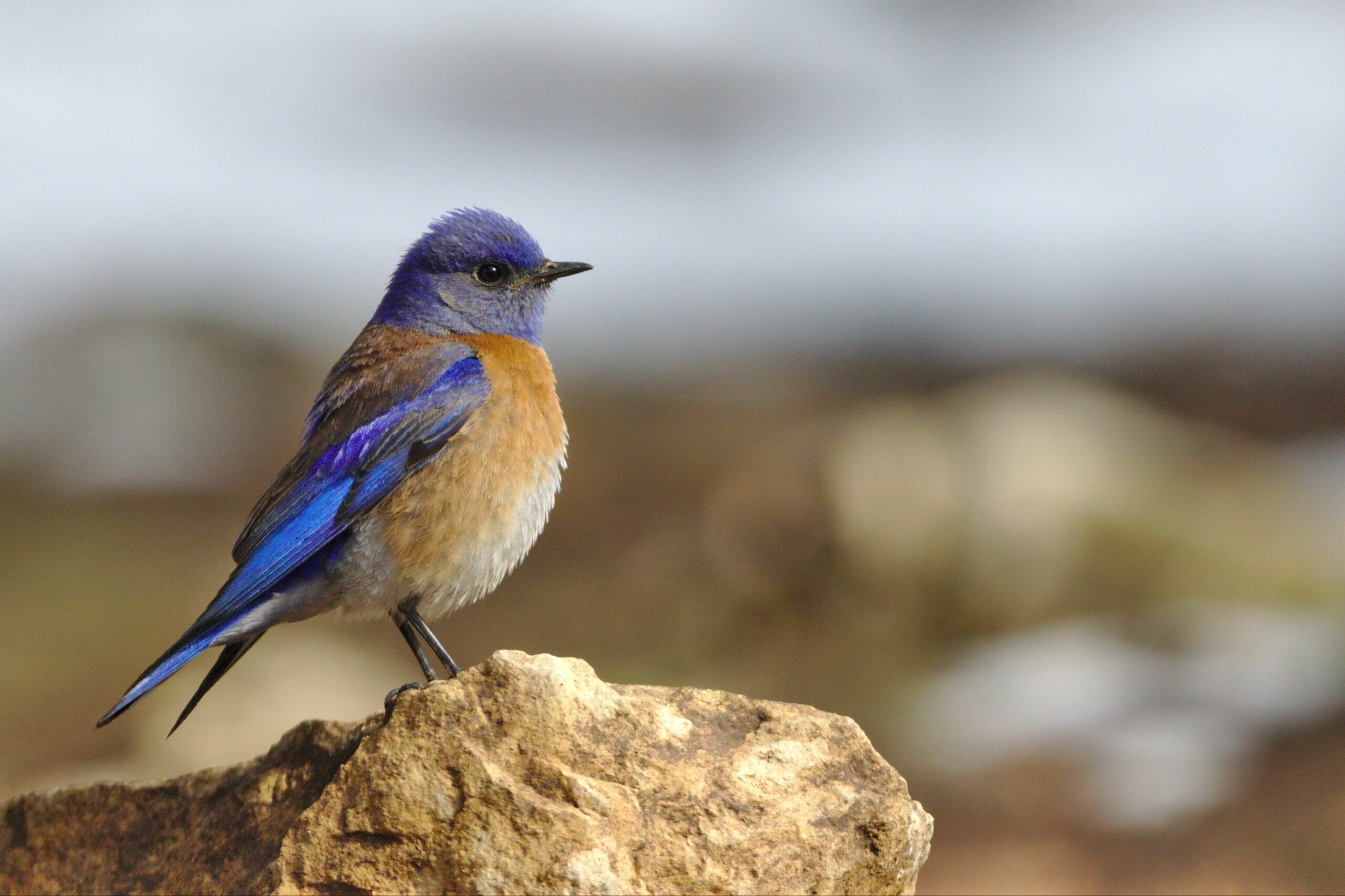What is Oil and Gas Development?
Oil and gas development is the process of extracting petroleum and natural gas from the ground and creating fuel for our daily use. It is a complex and costly process that involves exploration, drilling wells, removing oil and gas, and transporting it to refineries for processing. While oil and gas have been important sources of energy that facilitated our modern society, their extraction has significant environmental impacts that can no longer be ignored
How Does Oil & Gas Development Affect Land, Air, Water, and Wildlife?
Oil and gas development poses a threat to our region in a variety of ways, including:
- Well pads, access roads, pipelines, and other infrastructure damage ecosystems by occupying and fragmenting habitats for wildlife. They also cause soil erosion, sedimentation, vegetation loss, the spread of weeds, and soil compaction, which can lead to decreased biodiversity in the affected areas.
- The extraction and transportation of oil and gas causes methane gas, a potent greenhouse gas that contributes to climate change, to be released into the atmosphere. Oil and gas development is also a significant source of air pollution, particularly emissions that lead to the formation of ozone.
- Oil spills and leaks contaminate water and soil and can cause irreparable damage to the environment and wildlife.
- The extraction of oil and gas requires large amounts of water, which impacts local water resources. In areas where water is already scarce, oil and gas extraction can exacerbate the problem.

Key Strategies to Reduce Impacts From Oil & Gas Development
Land Reclamation
Typically, oil and gas operators must apply for and receive a permit to drill that usually includes a limit on the total surface area that can be disturbed and a land reclamation plan. The requirement that lands be reclaimed is intended to ensure that any disturbed land can and will be restored as closely as possible to its pre-development condition. Unrestored lands remain prone to erosion, continue to fragment wildlife habitat, and impair water quality. Strong rules and enforceable standards that include adequate bonding and opportunities for public engagement are needed to ensure siting and plans are approved to avoid public health and environmental impacts and that reclamation is completed in a way that protects public health and the environment.
Plugging Orphaned Wells
Orphan wells — drilling sites abandoned by developers — pose a significant health and environmental threat to communities. These wells often leak methane, a dangerous greenhouse gas that is more than 25 times more potent than carbon dioxide at trapping heat in the atmosphere. When not plugged correctly, orphaned wells can also leak into groundwater and other critical infrastructure. Making oil and gas operators responsible for cleaning up and properly plugging wells after production ceases will better protect communities’ water and air and reduce risks to our public lands and wildlife.
Protecting Small Streams, Wetlands, and Other Biologically Significant Areas
It is critical that we protect biological resources from adverse environmental impacts resulting from oil and gas operations. Wetlands and other natural areas provide natural filtration and storage of water, which helps to protect water resources from contamination caused by oil and gas operations. Protecting these areas also preserves biodiversity, which supports the health of ecosystems and reduces the risks of public health impacts from pollution. By protecting lands and wetlands, we can help ensure the long-term sustainability of our natural resources and communities.

Oil & Gas Development in WRA States
Long known for their reserves of fossil fuels, Western states have been at the forefront of oil and gas development and have borne the brunt of its impacts. The fossil fuel industry has contributed to the region’s economy, providing jobs and revenue to many communities, but it has also come at a cost to our environment and people.
The West is now experiencing more frequent and severe droughts, wildfires, and other effects of climate change. Oil and gas production exacerbates these challenges and puts the health and safety of communities at risk. In addition, oil and gas development can have significant impacts on Indigenous communities, including cultural heritage and treaty rights, as well as the contamination of water resources and air quality for those living near drilling sites and other operations.
Colorado Oil and Gas Conservation Commission Changes Its Mission
Oil and gas development is an important driver of land use change in Colorado. Over the last 10 years, an average of 1,980 new oil and gas wells have been drilled per year in the state. And there is no doubt that this oil and gas development adversely impacts wildlife across Colorado, including habitat loss and fragmentation and increased mortality risk for species.
In 2015, WRA played an integral role in the Colorado Oil and Gas Conservation Commission (COGCC) adopting rules that increased penalties and mandatory fines for industry violations that impact or threaten human safety, health, or the environment. This advocacy set the stage for our involvement in the commission updating its mission, which was initiated with the passage of Senate Bill 19-181 in 2019.
In 2021, as a result of the legislation, COGCC underwent a transformative process to change its mission from that of fostering oil and gas development to protecting public health, safety, welfare, the environment, and wildlife resources from the impacts of development. It also created new local government authority over surface impacts and energy siting.
Due to WRA’s involvement, the COGCC adopted new regulations limiting the venting and flaring of methane and new restrictions to better protect wildlife habitat, aquatic resource s, and water quality from oil and gas development. These included the designation of High Priority Habitat, where development is prohibited or curtailed because these are areas necessary for wildlife to survive and reproduce in order to maintain the persistence of those species, increasing setbacks of drilling and development activities from waterways, and more stringent requirements limiting the development of roads in the oil patch.
Additionally, when the Colorado Air Quality Control Commission (AQCC) undertook rulemaking to meet the GHG reduction mandates for Colorado’s oil and gas sector, WRA helped ensure that the resulting requirements – mandating that operators regularly look for and repair leaks of methane and other harmful gases – were the tightest in the nation. WRA also played a key role in advocating for the establishment of an Environmental Justice Advisory Board and regulations that re-direct air quality violation penalties to support mitigation projects in impacted communities and create enforceable pollution limits and specific timelines for reducing emissions from the oil and gas sector.

Challenges and Opportunities of Oil & Gas Development
The detrimental impacts of oil and gas development are clear: it poses a significant threat to our environment, wildlife, and public health. But there are opportunities for innovation and progress. By transitioning away from fossil fuels, we can reduce greenhouse gas emissions and limit the impacts of climate change and do so in a way that supports and includes those communities that have relied on these industries to drive their local communities.
Through the regulation of oil and gas development, we can better address climate change and protect, avoid, and minimize adverse impacts to public health, safety and welfare, wildlife and biological resources, and our air, water, and soil that result from oil and gas operations. We can help protect land, water, wildlife and public health and safety in communities that are exposed to the risks associated with oil and gas operations, such as air and water pollution and the risk of accidents.
Our region is just as rich in renewable energy resources like solar, wind, and geothermal. Investing in clean energy alternatives can create new jobs and stimulate economic growth while reducing our dependence on fossil fuels. By supporting state-level policy solutions that promote clean energy development, we can build a more sustainable and resilient future for all.

